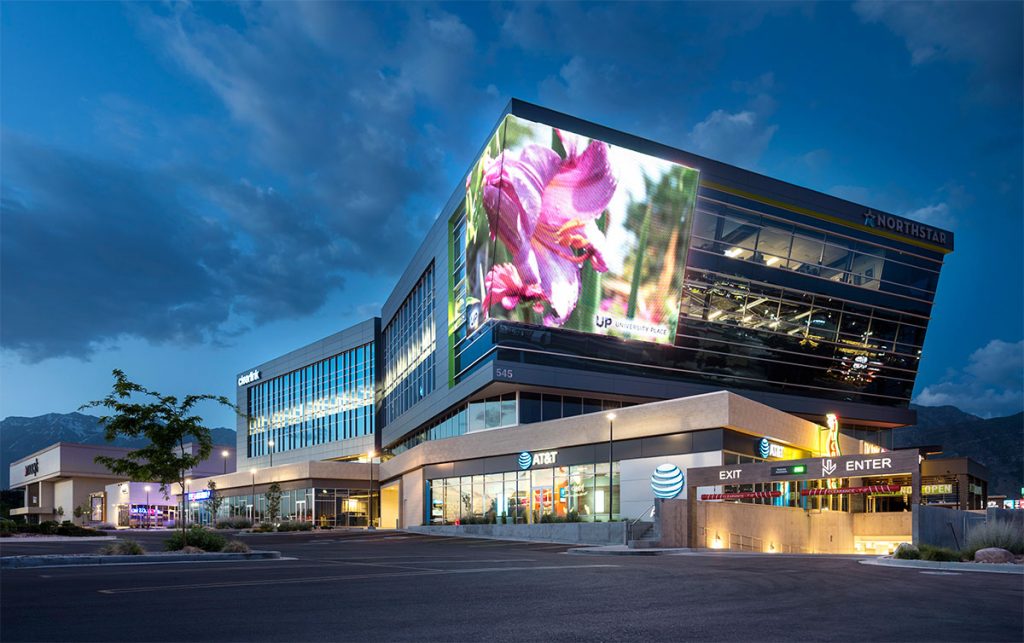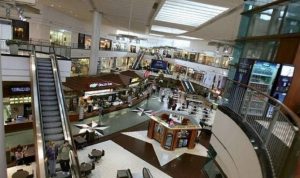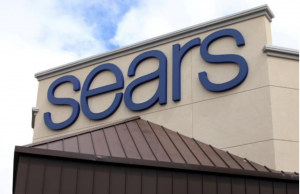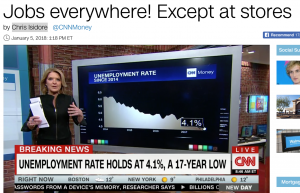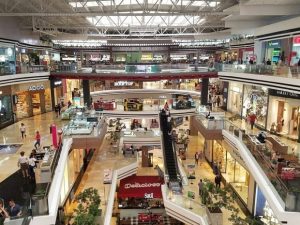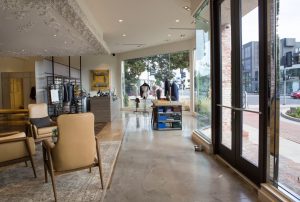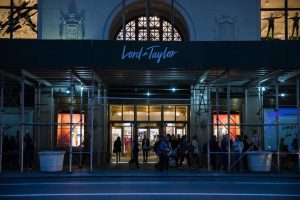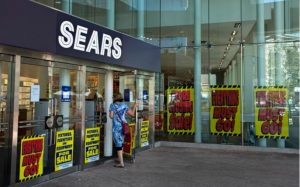The giant retail mall operator, Westfield, is being purchased by French property giant Unibail-Rodamco, to remain resilient in the face of the changing retail market. High-end markets remain their target. Agility and diversity will be key for retailers and their employees who continue to bear the burden of the changing retail climate. Communities that promote mixed-use mall repairs may have a chance to combat the sliding economy.
“The acquisition of Westfield is a natural extension of Unibail-Rodamco’s strategy of concentration, differentiation and innovation. It adds a number of new attractive retail markets in London and the wealthiest catchment areas in the United States.”
The Lowy family will retain control of Westfield’s retail technology platform, OneMarket, which will be spun off into a new company on the ASX, with Steven Lowy remaining as chairman.
Westfield Corporation runs 45 shopping centres and airport retail precincts in the US, UK and Italy, including the retail space in the new World Trade Centre in New York.
Retailers across the United States are in what appears to be terminal decline as shoppers abandon traditional bricks and mortar while the digital revolution lays waste to traditional shopping.
That, in turn, has begun to harm shopping malls as retailers have struggled to pay rents with many closing down their outlets.
Thousands of mall-based stores have shut their doors across the US this year, including stalwarts such as JC Penney, Macy’s, Sears and K-Mart reducing their physical footprint.
That, in turn, has begun to affect employment. Until as recently as two years ago, shopping malls were providing America with 200,000 extra jobs a year, but that trend has now suddenly reversed.
According to the latest Bureau of Labour Statistics, the retail industry has lost an average of 9,000 jobs a month this year. This time last year, malls provided jobs growth of around 17,000 a month.
